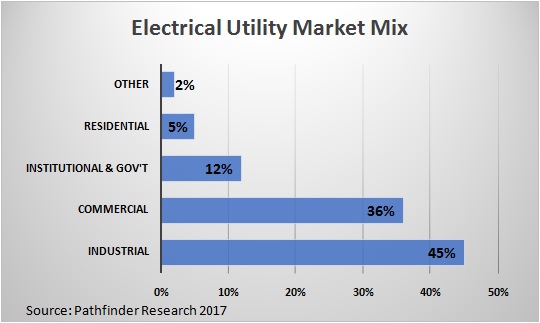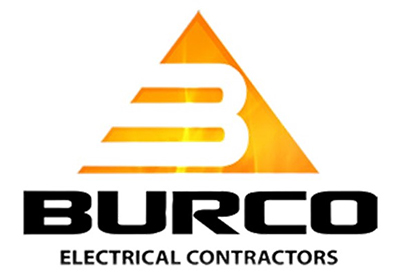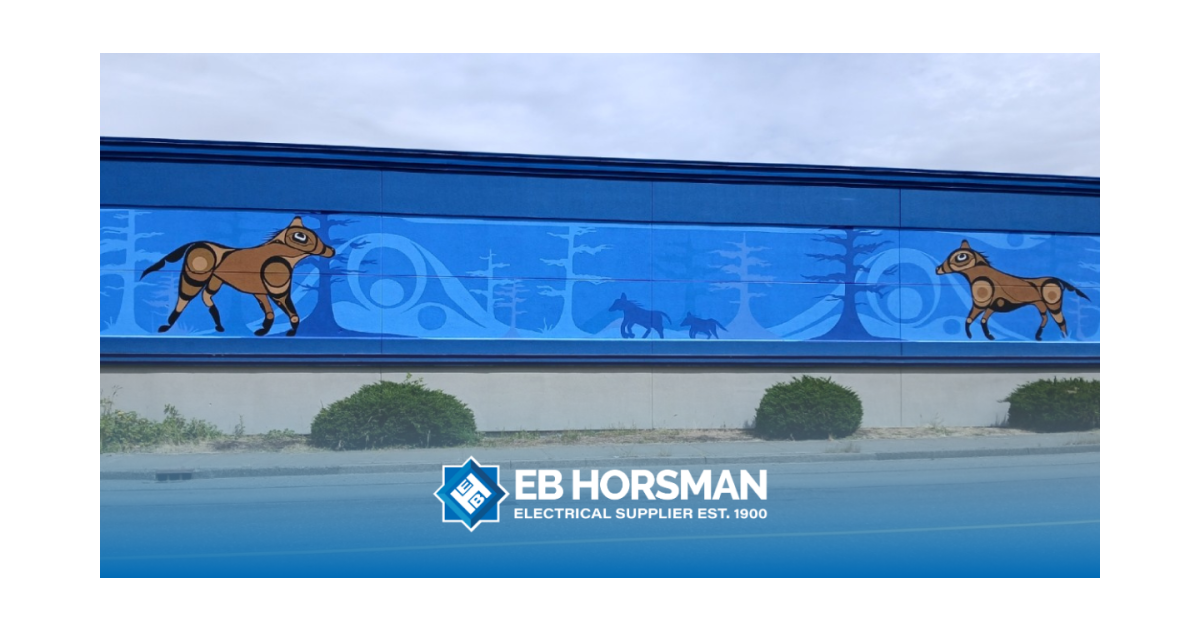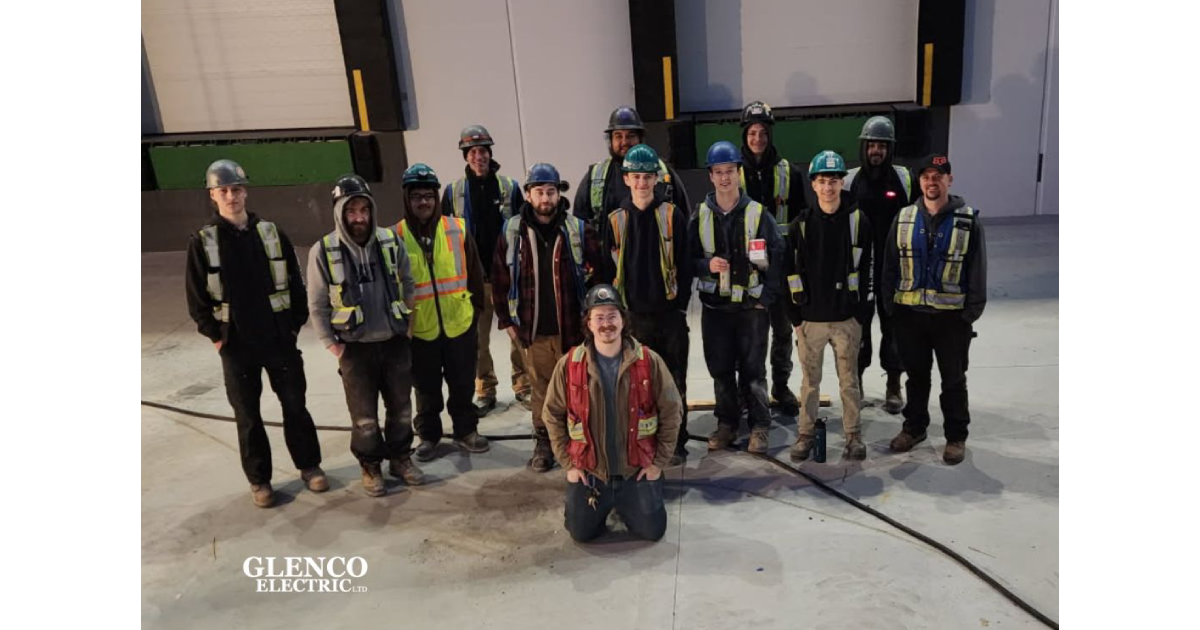The Top 5 Electrical Overhead Travelling Cranes

Nov 25, 2018
By Caryl Anne Crowne
Electronic overhead travelling (EOT) cranes are mechanized tools that lift and move things from one location to another. They are something like pile drivers or chainsaws in the way they perform tasks that would be dangerous if not nearly impossible to achieve using primitive manpower.
Even though one EOT may look slightly different from another, the powered systems have the same components notwithstanding the subjective bells and whistles that may be offered to customers depending on a manufacturer’s policies and practices. The parts of an EOT crane include the hook, hoist, trolley, bridge, runway, runway rail (track), end trucks, bumpers, and controls. This is, of course, in addition to the electrical system that makes it all go. There are several different workplace scenarios where EOTs come in handy, from loading trucks or other milling machines (for example) to rearranging artifacts on a warehouse floor. The list goes on even though the conditions and environment where these cranes may be installed have to fall within certain specs.
Just as there are all kinds of different drill bits and presses to be used in manufacturing goods as they all make holes of various depths and widths, the same can be said of EOT cranes. When it comes to the features and functions of these power lifters, all cranes fall into a handful of categories. There are bridge cranes of the single or double girder type. In the case of bridge cranes, there are process and modular subcategories as well. Other classifications include gantry, monorail, and jib. There are definite differences of functionality between these models of cranes. Bridge cranes operate by using support from a building’s structure that surround it. Gantry cranes are somewhat less restricted and stand on their own two feet using legs while they travel on rails to guide them. Monorail cranes, as the name suggests, only move back and forth on a single beam in one of two directions unlike other cranes that have side-to-side manoeuvrability. Jib cranes are the kind of stay-put systems that do not have a track component to them.
1. ASME B30.2: Overhead gantry cranes (top running bridge, single or multiple girder, top running trolley hoist)
2. ASME B30.17: Overhead and gantry cranes (top running bridge, single girder, underhung hoist)
3. ASME B30.11: Monorails and underhung cranes
4. BS 466: Specification for power driven overhead travelling cranes, semi-goliath and goliath cranes for general use
5. ISO 4301-5: Overhead travelling and portal bridge cranes
One major consideration to evaluate before installing an EOT crane is its lifting capacity, because improper or overuse of these machines can spell disaster. Precisely calculating just how many lifts per hour a crane will perform is the best way to avoid any foreseeable predicaments or incidents. Moreover, other features such as fail-safe brakes and rubber buffers need to be kept in the best possible condition if a crane is expected to work properly. Perhaps the most important measure for the safe operation of EOT cranes comes from features like limit switches, which prevent honest mistakes like hoisting or lowering the hook too high or low. Of course, procuring a crane build to standard in compliance with ISO 9001 production regulations is a good way to make all those other safety checks a breeze.
Just like in the automotive industry where some companies make vehicles while other organizations test work products or repair or replace components as needed, the same can be said for EOT cranes. There are a number of fine companies that manufacture, assemble, and repair all the different parts that make a solid crane system like ACECO (American Crane Equipment Corporation). The professionals working together under the ACECO name do a world-class job of producing forestry tools, Jibs, and rigging accessories. Likewise, there is an equal amount of work to be done when it comes to things like analytics and innovation. And, this is precisely where a company like Torontech provides its services.
Even as there are advances made in the MHE (material handling equipment) field across the globe, the citizens of Toronto, Ontario have something to be proud of in institutions such as Torontech. For one, this company has bragging rights to participating in PDAC 2016 and 2017; it’s only one of the biggest and marketable international trade shows to attend. This is on top of the fact that the company has three different divisions that include testing and analytics, healthcare, and pumps and valves. However, Torontech is not the only venture making waves in the province of Ontario. There are a slew of up-and-coming pioneers and innovators that just add value to the field all together. Some names to remember are Spanco, RMS Cranes, and Toronto Electric, and those are just a few noteworthy companies in the area.
Caryl Anne Crowne is a contributing writer and media specialist for Mr. Electric. She often produces content for a variety of electrical industry blogs.

















